Keynote speech
September 13-15 2024, Suzhou, China
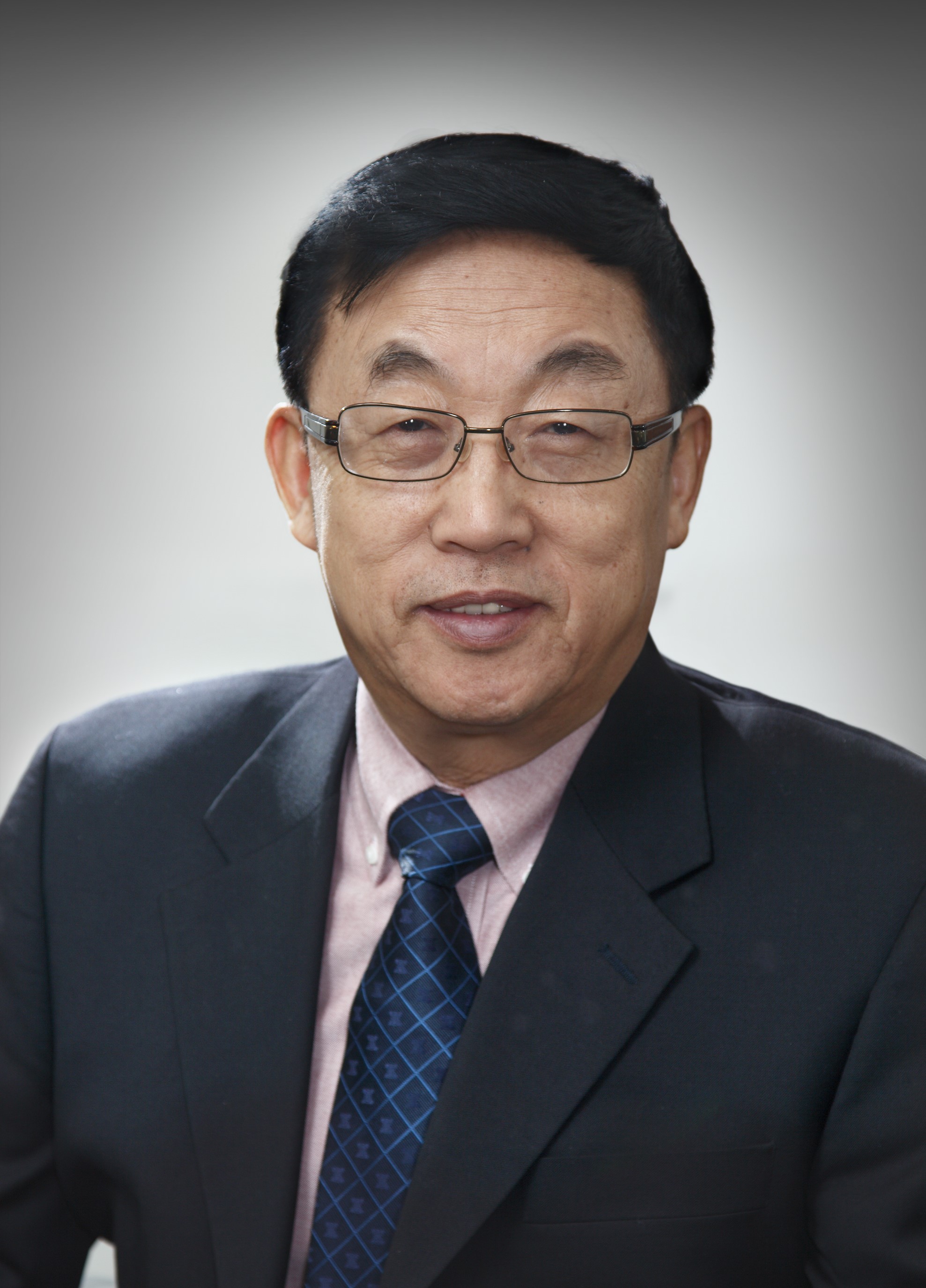
Intelligent Decision and Control Integrating System Based on End-edge-cloud Collaboration
Prof. Tianyou Chai, Northeastern University, China.
Abstract
To address the challenges in operation optimization decision and control of complex industrial system, this talk proposes the design method of intelligent optimal decision and control integrating system of complex industrial process. The design method of the system combines control and optimization with prediction, mechanism analysis with deep learning, and digital twin with reinforcement learning, realizing the self-adaption, self-learning, and self-optimization of the system. Based on the tight conjoining of and coordination between Industrial AI, Industrial Internet, Industrial Metauniverse technology and industrial automation and information technology, and by combining the end-edge-cloud collaboration technology of Industrial Internet and PLC control system, an intelligent decision and control integrating system based on end-edge-cloud collaboration is developed. The system has been successfully applied in the energy intensive equipment—fused magnesium furnace and achieved remarkable results in the reduction of carbon emission.
Biography
Tianyou Chai received the Ph.D. degree in control theory and engineering in 1985 from Northeastern University, Shenyang, China, where he became a Professor in 1988. He is the founder and Director of the Center of Automation, which became a National Engineering and Technology Research Center and a State Key Laboratory. He is a member of Chinese Academy of Engineering, IFAC Fellow and IEEE Fellow. He has served as director of Department of Information Science of National Natural Science Foundation of China from 2010 to 2018. His current research interests include modeling, control, optimization and integrated automation and intelligence of complex industrial processes. He has published 356 peer reviewed international journal papers. His paper titled Hybrid intelligent control for optimal operation of shaft furnace roasting process was selected as one of three best papers for the Control Engineering Practice Paper Prize for 2011-2013. He has developed control technologies with applications to various industrial processes. For his contributions, he has won 5 prestigious awards of National Natural Science, National Science and Technology Progress and National Technological Innovation, the 2007 Industry Award for Excellence in Transitional Control Research from IEEE Multiple-conference on Systems and Control, and the 2017 Wook Hyun Kwon Education Award from Asian Control Association.
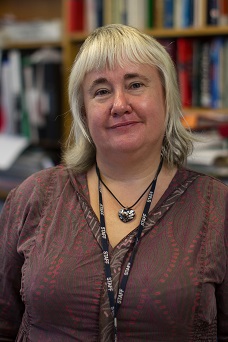
Making the case for switched control and estimation
Prof. Sarah Spurgeon, University College London, UK.
Abstract
Since the topic of sliding mode control was introduced to the international control community following early pioneering work in the former Soviet Union in the 1960’s, the methodology has received a great deal of attention across a broad range of application domains. Fundamental to the approach is its total invariance to an important class of parameter variations and uncertainty. A further advantage is that the dynamic behaviour of the system may be directly tailored by the choice of a so-called switching function - essentially this switching function can be thought of as a measure of the desired performance.
This presentation will begin with a review of the basic properties and terminology of such discontinuous controllers. By appealing to highly conserved and robust controllers from biology, the case for discontinuous control as an underpinning element for robustness in both the control and observation of large scale and complex systems will be made. Results from current applications of interest including safe and efficient control of electric vehicles and autonomous platoons of vehicles will be presented.
Biography
Sarah Spurgeon OBE, FREng, FIEEE, FIET is Professor of Control Engineering and Director of the Robotics Institute at University College London. Sarah Spurgeon’s research interests are in the area of systems modelling and analysis, robust control and estimation in which areas she has published over 270 refereed research papers. She was awarded the Honeywell International Medal for ‘distinguished contribution as a control and measurement technologist to developing the theory of control’ in 2010 and an IEEE Millenium Medal in 2000. She is currently Vice President Publications of the International Federation of Automatic Control (IFAC) , Editor in Chief of IEEE Press and a Board Member of the IEEE Foundation. Within the UK she is currently a Vice President of the IET and is a past President of the Engineering Professors Council, the representative body for engineering in higher education.
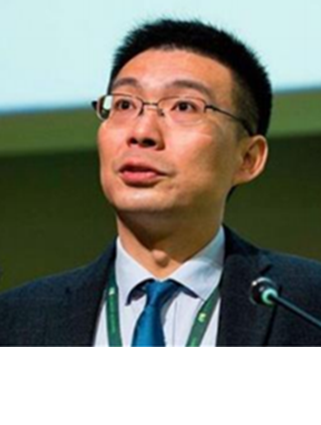
Multi-vector digital twin for Energy Systems
Prof.James Yu,SP Energy Networks.
Abstract
Energy networks are the nexus of the whole energy system and a golden thread of our modern society, and rem remain the most economical means to provide energy in a reliable manner. Energy System Transformation should serve as the accelerator of our society low carbon transformation, and the focus should be the intelligent integration from energy production to user, covering supply chain. This presentation gives a brief overview of the evolution of energy networks and the need to to develop an Integrated Energy System-Digital Twin to cover a range of sub-digital twins, including Electrical Network sub-digital twin; Heat sub-digital twin; Hydrogen sub-digital twin and Industrial Cluster sub-digital twin.
Biography
James Yu is Visiting Professor of Integrated Networks at The Royal Academy of Engineering. James' commitment to the industry extends beyond his role in our business. His passion for higher education has seen him mentor international students. James also acts as an advisor to the Welsh Government on their 'Smart Living' initiative, and as a STEM ambassador he has travelled the world supporting the Institution of Engineering and Technology and the Engineering and Physical Sciences Research Council. He personally shares their mission to inspire, inform and influence the global engineering community, and to enable the development of technology innovation to meet the needs of society. James plays a huge part in driving our delivery of innovative solutions that make sure our network is resilient, able to contribute government net zero targets and represents great value for our customers. He has led and secured over £100 million of dedicated innovation funding – allowing us to develop innovative solutions as diverse as enabling electrical vehicles to quickly restarting the network in the event of a disaster, cementing our reputation as the most dynamic network operator in Great Britain. With over 20 years' in the UK electricity supply industry underpinned by academic and investigative study, James is well-versed in providing a balance between the academic drive for transformational technologies and the commercial nous that ensures our innovation projects are both ambitious and practicable. This sort of focus allows us to keep our customers at the heart of what we do - making sure our network strength and resilience continues to power their homes and businesses, and that we deliver the changes needed now to prepare for the network of the future.
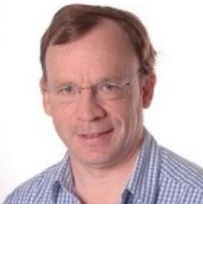
High temperature superconductors: The future ?
Prof.Tim Coombs, University of Cambridge, UK.
Abstract
For decades Superconductors have promised high power, high efficiency, compact machines. To date, though, commercial applications are limited. Low Temperature Superconductors (LTS) are used for Magnetic Resonance Imaging (MRI) in hospitals worldwide but High Temperature Superconductors (HTS) are capable of supporting currents and magnetic fields an order of magnitude higher, than those available from LTS and non-superconducting Conventional Materials (CM), such as copper. In this review, we highlight important areas where HTS could perform better than CM or LTS. For example, HTS can replace CM in wind turbines and aeroplane motor-engines to improve power to weight ratios, in tokamak fusion reactors HTS might allow a sustainable positive power output. In medicine, HTS may replace LTS for smaller Magnetic Resonance Imagining (MRI) machines. producing high resolution images, without using the scarce resource Helium. The primary barriers to deployment are, Alternating Current (AC) loss, Quench, Heat Losses, and Cost. Recent developments in HTS manufacture have the potential to overcome these barriers This review sets out the problems the potential and (some of) the solutions
Biography
Tim Coombs is Professor of Superconductivity Group, University of Cambridge. Over the last 20 years, the EPEC (Electrical Power and Energy Conversion) superconductivity group, has built up an outstanding international reputation in several areas of superconductivity research, ranging from novel theoretical tools for the understanding of superconducting properties up to real breakthroughs in the design of cutting-edge technologies. The group is now one of the strongest groups in the world with an extensive portfolio of experimental techniques and mathematical analysis tools. I have an internationally leading publication record which extends to more than 210 papers released in high impact scientific journals.
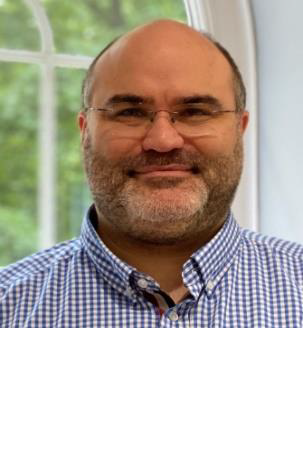
Recent Challenges of Federated Learning, Knowledge Transfer, and Knowledge Distillation in System Modeling: An Environment of Granular Computing
Prof.Alejandro Frangi, University of Alberta, Canada.
Abstract
As we stand on the brink of a new era in medical technology, the importance of robust scientific evidence to ensure the safety and efficacy of novel medical interventions cannot be overstated. Traditional methods, such as in-vitro and in-vivo studies followed by clinical trials, have served us well but often fall short in predicting rare side effects that only emerge after widespread use. The human and financial implications of late-stage medical device failures can be devastating, and extensive human testing is often impractical, especially for pediatric patients, rare diseases, and hard-to-reach ethnic groups.
Computational Medicine, or In Silico Medicine, leverages the power of engineering, mathematics, and computational sciences to revolutionize our understanding and treatment of human diseases. In silico trials (IST) utilize computer-based trials with populations of digital twins (virtual patients) to simulate and predict clinical outcomes of medical devices. This innovative approach allows for an exhaustive exploration of potential risks and failure modes before any physical trials commence, significantly enhancing patient safety and reducing the time and cost associated with bringing new medical technologies to market.
The consolidation of in silico evidence is set to transform health and life sciences research, development, and regulatory processes. For first mover countries, this presents a unique opportunity to lead the way in health and life sciences, driving economic growth and providing citizens with early access to cutting-edge healthcare products. However, the journey is not without challenges. Regulatory harmonization, I silico evidence integration in regulatory pathways, and effective cross-sector collaboration are critical hurdles that must be overcome to realize the full potential of in silico trials.
Regulatory bodies in the UK, US and EU are already recognizing the value of in silico trials, establishing frameworks to support their integration into the medical device approval process. International harmonization of regulatory standards is essential to facilitate the global adoption of in silico trials, ensuring that his new form of evidence is recognized and accepted across different jurisdictions while meeting the same or more stringent safety standards than today.
The future of medicine lies in the successful implementation of in silico trials, and this requires a concerted effort from all stakeholders. Cross-sector collaboration and international harmonization of regulatory science are paramount. By fostering partnerships between academia, industry, regulators, and policymakers, we can ensure that the necessary technical, regulatory, and ethical standards are met. This collaborative approach will pave the way for a new era of medical innovation, ultimately accelerating the delivery of innovative solutions to patients while upholding the highest safety standards.
This talk will introduce attendees to the revolutionary potential of in silico trials and computational medicine. We will explore the progress made in this emerging field, providing examples of early successes, and highlighting best practices in collaboration among academia, industry, regulators, and policymakers. By embracing in silico trials, first mover countries can cement their status as global health and life sciences leaders, drive economic growth, and provide their citizens with early access to innovative healthcare products. Join us as we delve into the transformative potential of in silico trials and the future of medicine.
Biography
Alejandro Frangi holds the prestigious Bicentennial Turing Chair in Computational Medicine at the University of Manchester, UK, with joint appointments in the Schools of Computer Science and Health Science. Additionally, he serves as the Royal Academy of Engineering Chair in Emerging Technologies, concentrating on Precision Computational Medicine for in silico trials of medical devices. Prof Frangi is also the Director of the Christabel Pankhurst Institute for Health Technology Research and Innovation and a Fellow at the Alan Turing Institute. His innovative research vision has earned him an ERC Advanced Grant from the European Research Council. Prof Frangi has received numerous accolades, including the IEEE Engineering in Medicine and Biology Technical Achievement Award (2021) and Early Career Award (2006), the ICT Knowledge Transfer Prize (2008), and two Teaching Excellence Prizes (2008, 2010) from the Social Council of the Universitat Pompeu Fabra. He was honored with the UPF Medal (2011) for his tenure as Dean of the Escuela Politècnica Superior. His achievements also include the ICREA-Academia Prize (2008), a President's International Initiative Award (2019) from the Chinese Academy of Science, and the title of Pengcheng Scholar Programme Distinguished Professor at Shenzhen University. Prof Frangi has edited a textbook on Medical Image Analysis, published in the MICCAI-Elsevier Book Series by Academic Press, contributing significantly to the field of medical imaging and computational medicine.
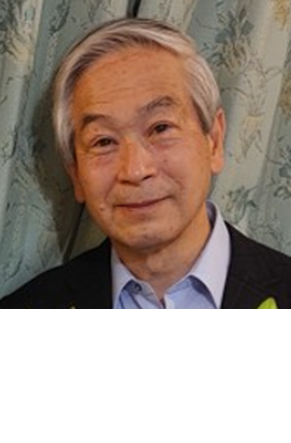
My 50-year journey on the development of advanced medical devices in an interdisciplinary environment
Prof. Mitsuo Umezu, Waseda University, Japan.
Abstract
It has already been 50 years since I started my research while studying at Waseda University Graduate School, and I have been fortunate to experience the early days of interdisciplinary collaboration between cardiac surgeons and cardiologists up to the present. When I first participated in animal experiments in 1974, I learned that medical research progress was carried out at the expense of many animals' lives. I wondered if we could somehow use our engineering technology to reduce animal experiments, and developed a mock circulatory simulator. I then became one of an original members of each artificial heart project organized at the National Cardiovascular Center (Osaka), St. Vincent's Hospital (Sydney), and my alma mater, Waseda University + Tokyo Women's Medical University. During that time, to improve the performance of each artificial heart, we injected fresh animal blood into the simulator's circuit to solve the problems of blood hemolysis and thrombus formation. Compared to animal experiments, this methodology has provided reproducible data and can be explained with scientific evidence, so I call it "Another EBM: Engineering-Based Medicine" rather than conventional EBM. In this keynote speech, I will introduce my research experience, and finally, I will show a clinical trial of our ventricular assist device (EVAHEART) and its relationship with heart transplantation in China.
Biography
Mitsuo Umezu was born in Yokosuka, kanagawa, Japan in 1951. He is a biomedical engineer in the field of cardiovascular modeling and simulation research for advanced medical application. He has two PhDs: He received a doctor of engineering from Waseda University and a doctor of medical science from Tokyo Women's Medical University. From 1979 to 1987, he was a research associate and laboratory head of the Artificial Organ Department, National Cardiovascular Center Research Institute, Osaka, Japan. He was subsequently appointed as the first project leader of the Australian Artificial Heart Program organized at St. Vincent Hospital, Sydney, Australia. He was a professor in the Department of Mechanical Engineering, Waseda University from April 1992 to March 2021. He is also one of the founders of "TWIns: Tokyo Women's Medical University / Waseda University Joint Institute for Advanced Biomedical Sciences". He was the Director of the Tokyo Women's Medical University-Waseda University Joint Graduate School on medical regulatory science from 2010 to 2020. This joint graduate school was the first trial to be approved by the Ministry of Education, Culture, Sports, Science and Technology of Japan. His recent research interests include the development and evaluation of artificial organs, and regulatory science for advanced medical technologies. He is a member of the Pharmaceutical Affairs Review Board for New Medical Devices of the Japanese Ministry of Health, Labor and Welfare. He is also the chairman of the 2021 Conference of the Japanese Society for Regulatory Science of medical products.
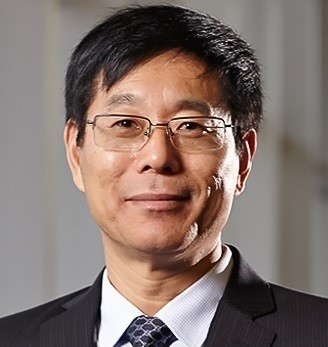
Distributed Coordinated Control and Energy Management in Smart Grids
Prof. Qinglong Han, Swinburne University of Technology, Australia.
Abstract
To deal with the exhaustion of traditional energy resources (e.g., coal, fossil oil, gas) and environmental deterioration, a smart grid has been established to realize the integration of renewable distributed energy sources, leading to some new theoretical and technical issues in control and power management. In this talk, distributed coordinated control and energy management strategies for smart grids will be presented, mainly focusing on i) distributed finite-time secondary control of AC microgrids, ii) distributed resilient secondary control of multiple battery energy storage systems under DoS attacks, and iii) distributed energy management of smart grids. It is shown that the proposed methods have strong abilities in improving efficiency and reliability of smart grids.
Biography
Professor Han is Pro Vice-Chancellor (Research Quality) and a Distinguished Professor at Swinburne University of Technology, Melbourne, Australia. He held various academic and management positions at Griffith University and Central Queensland University, Australia. His research interests include networked control systems, multi-agent systems, time-delay systems, smart grids, unmanned surface vehicles, and neural networks. Professor Han was awarded The 2021 Norbert Wiener Award (the Highest Award in systems science and engineering, and cybernetics) and The 2021 M. A. Sargent Medal (the Highest Award of the Electrical College Board of Engineers Australia). He was the recipient of The IEEE Systems, Man, and Cybernetics Society Andrew P. Sage Best Transactions Paper Award in 2022, 2020, and 2019, respectively, The IEEE/CAA Journal of Automatica Sinica Norbert Wiener Review Award in 2020, and The IEEE Transactions on Industrial Informatics Outstanding Paper Award in 2020. Professor Han is a Member of the Academia Europaea (The Academy of Europe). He is a Fellow of The Institute of Electrical and Electronic Engineers (FIEEE), a Fellow of The International Federation of Automatic Control (FIFAC), an Honorary Fellow of The Institution of Engineers Australia (HonFIEAust), and a Fellow of Chinese Association of Automation (FCAA). He is a Highly Cited Researcher in both Engineering and Computer Science (Clarivate). He has served as an AdCom Member of IEEE Industrial Electronics Society (IES), a Member of IEEE IES Fellows Committee, a Member of IEEE IES Publications Committee, Chair of IEEE IES Technical Committee on Network-Based Control Systems and Applications, and the Co-Editor-in-Chief of IEEE Transactions on Industrial Informatics. He is currently the Editor-in-Chief of IEEE/CAA Journal of Automatica Sinica and the Co-Editor of Australian Journal of Electrical and Electronic Engineering.



